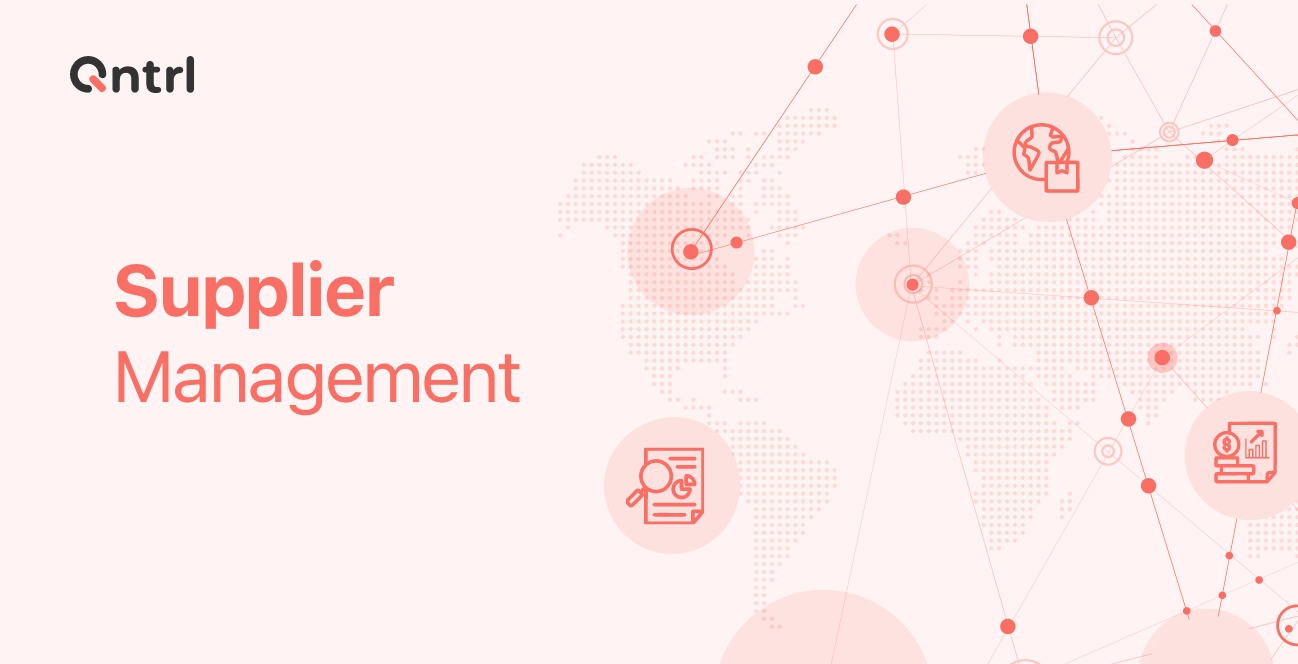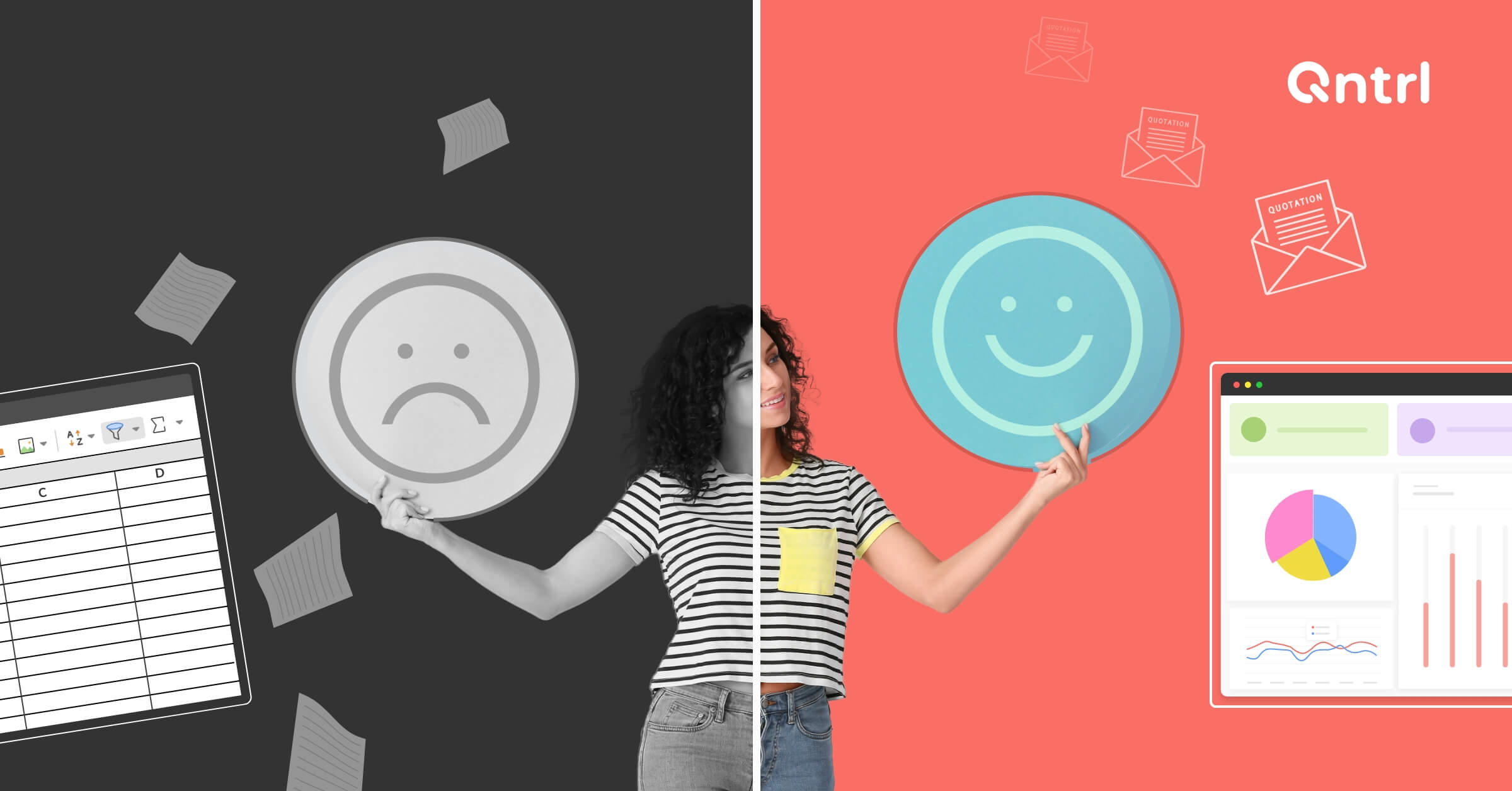Process mapping 101: How to map your procurement process to reduce cycle times
- HOME
- Procurement
- Process mapping 101: How to map your procurement process to reduce cycle times

If your procurement process still relies on outdated forms of documentation, it’s time for a major technology makeover. Manual procurement processes in 2024, including paper trail systems to keep tabs cost organizations smooth running. Human errors from manual processes are prone to happen overtime, causing huge financial setbacks in purchase cycles, changing price tags, and transaction mishaps. Here’s all you need to know to power up the procurement process.
What is procurement?
Procurement is the act of securing the necessities required to run a smooth business. It is a machine that runs on cycles once set up—like a habit—and it follows a set structure. Procurement is made clear with the procurement process, which entails supply management, time management, resource allocation, staff operations, and building a customer base. A successful procurement process helps reduce overall operation costs, energy, and time spent to build stronger customer relations and put repetitive tasks on a loop.
There are distinctive differences in procurement processes; it’s not a one size fits all operation. The nuance lies in procurement itself, as their subsidies are varied in their outcomes. Types of procurement can be categorized into direct, indirect, and services procurement.
- Direct procurement can include anything between goods acquisition to supply management of manufactured goods.
- Indirect procurement could signify buying raw materials for making manufactured products or services as a product for any internal use.
- Services procurement is the management of people or services as tools (software and third-party vendors) to fulfill a purchase—a means to and end.
What about procurement processes? How are they different?
A procurement process follows a structure. Its primary goal is to achieve securing anything from goods or services as necessary to run a business. A successful process helps elevate any workforce to perform at their best because manual tasks and repetitive ones are streamlined by a tool.
A successful procurement process helps forge unbreakable customer relations, and most importantly, avoids mishaps that could be caused by human intervention. Thus, it saves money for the company that would’ve been spent otherwise in damage control like legal costs, losing stakeholders, and damaging customer trust. This can be achieved by following standard steps in a procurement process flow.
Key steps in the procurement process flow
Understanding the procurement process is essential for businesses to efficiently acquire goods and services. Here’s a breakdown of the key stages involved in a streamlined procurement process.
Outlining a clear plan
This initial stage involves outlining a clear plan for procuring goods and services promptly and at a reasonable cost. By establishing clarity, businesses can sketch an accurate procurement plan that aligns with their needs and budget constraints.
Raising purchase orders
Internal users or customers initiate the procurement process by raising requisitions. These written or electronic documents detail the necessary information required to procure the right goods, services, or works. Requisitions signal the procurement team's assistance in fulfilling an existing need.
Reviewing orders and approvals
The procurement process formally begins once the purchase requisition is approved and budget availability is confirmed. During the review stage, functional managers or department heads examine the requisition to verify the necessity of the requested items and ensure funding is available. Approved requests become purchase orders (POs), while rejected ones are returned to the requisitioner with reasons for rejection. This can be efficiently managed using purchase order software.
Requesting quotes and comparing bids
Once a requisition is approved, the procurement team develops an individual procurement plan and outlines the corresponding solicitation process. The complexity of the requirement determines the scope of this plan. Upon budget approval, the team sends out multiple requests for quotation (RFQ) to suppliers to compare bids and select the most suitable supplier.
Finalizing orders and contracts
After the solicitation process concludes, the procurement team and evaluation committee review supplier quotations and delivery times to identify the best fit. The chosen supplier then enters contract negotiations, and upon agreement, the PO is forwarded to them. The contract becomes legally binding once the supplier accepts and acknowledges the PO.
Acquisition management
A purchase order is issued to the selected supplier against the newly executed contract, standing agreement, or list price. The supplier delivers the promised goods or services within the stipulated timeline. Upon receipt, the purchaser inspects the order and informs the supplier of any discrepancies or issues.
Invoice approvals and disputes
This is a classic stage of the procurement process, as it requires the middlemen in the overall supply management to approve and deny requests. Due process can be achieved through using advanced tools like Qntrl’s procurement BPM to simplify the process. Disputes and returns can also be documented digitally, and due process can be implemented as required to fix it.
Bookkeeping
Post-payment, buyers record the transaction for bookkeeping and auditing purposes. All relevant documents, from purchase requests to approved invoices, are stored in a centralized location, ensuring thorough documentation and easy access for future reference.
Overcoming common challenges in procurement
Effective procurement is crucial for organizational success, but it comes with its set of challenges. Without a comprehensive procurement software to streamline processes, these challenges can hinder efficiency and cost savings. Here are some key pain points commonly faced in procurement.
Fragmented supply base
Procurement often requires engagement with numerous suppliers across various categories. This fragmented supplier base can lead to inconsistent service levels, complex contract management, and difficulty leveraging volume-based discounts or negotiations. Consolidating suppliers and standardizing contracts can mitigate these issues, but it requires significant effort and coordination.
Communication and visibility issues
A lack of visibility into procurement spend can complicate expense tracking and analysis. This opacity hinders cost control efforts and impedes budgeting and strategic decision-making. Implementing procurement software that offers real-time data and comprehensive reporting can enhance visibility and facilitate better financial management.
Unsupervised spending
Decentralized procurement, where multiple stakeholders make independent purchases, often leads to maverick spending. Employees bypass established approval processes, resulting in higher costs, inconsistent quality, and missed savings opportunities. Centralizing procurement through software can enforce approval workflows and compliance, reducing unsupervised spending.
Reliance on manual processes
Manual, paper-based procurement processes are time consuming, error-prone, and hinder efficiency. Handling tasks such as purchase requisitions, approvals, and invoice processing manually impacts productivity and increases the risk of inaccuracies. Automating these processes with procurement software can save time, reduce errors, and improve overall efficiency.
Compliance and risk management
Ensuring compliance with internal policies, legal requirements, and supplier agreements is a significant challenge in procurement. Managing compliance and mitigating risks such as supplier non-compliance and data breaches require vigilant oversight and timely action. Procurement software can assist in monitoring compliance and managing risks more effectively.
Limited strategic focus
Procurement activities often focus on operational needs rather than strategic value. This transactional approach can hinder the identification of cost-saving opportunities, supplier consolidation, and the development of strategic partnerships. Shifting the focus from transactional to strategic procurement involves adopting practices like strategic sourcing and supplier relationship management.
Addressing procurement pain points
To address these challenges, organizations should adopt efficient procurement processes that improve data visibility, promote stakeholder collaboration, and implement strategic sourcing practices. Investing in comprehensive procurement software can streamline workflows, enhance visibility, and support strategic decision-making, ultimately optimizing procurement operations and driving organizational success.
Optimizing your procurement process
Enhancing the efficiency and effectiveness of your procurement process is essential for organizational success. Here are key strategies to optimize procurement operations.
Streamline processes with automation
Utilize technology and automated tools to simplify and digitalize the purchasing process. Introduce a procurement system that handles suppliers' orders, billing, and agreements from start to finish. Automation minimizes manual mistakes and boosts productivity, allowing more time for strategic endeavors.
Consolidate procurement processes
Create a platform to oversee all procurement tasks effectively in a centralized sandbox environment. This method promotes transparency and responsibility, streamlines processes, and results in enhanced productivity and cost effectiveness. Centralizing operations enables organization and supervision of procurement activities.
Conduct spend analysis
Perform a thorough spend analysis to gain visibility into expenditure patterns and identify cost-saving opportunities. Prioritize categories for strategic sourcing initiatives, consolidate suppliers, negotiate better contracts, and leverage volume discounts. This analysis is crucial for optimizing spending and achieving better financial outcomes.
Implement strategic sourcing
Strategic sourcing involves identifying the right suppliers, conducting competitive bidding, and negotiating favorable terms. Building strategic partnerships with critical suppliers enhances relationships and achieves long-term cost savings. This approach ensures procurement activities align with organizational goals.
Establish clear procurement policies and guidelines
Develop and enforce clear internal policies, regulatory requirements, and industry standards. This helps monitor and manage approval processes, spending limits, and supplier risk. Clear guidelines support audit trails and documentation, demonstrating compliance and ensuring consistent procurement practices.
Foster stakeholder collaboration
Engage and collaborate with various departments and stakeholders to understand their requirements and align procurement activities accordingly. Involve end-users in the supplier evaluation and selection process to ensure their needs are met and increase user adoption. Collaboration fosters a unified approach to procurement.
Integrate with other systems
Ensure seamless integration between procurement tools and other systems, such as accounting software and ERP systems. This connectivity reduces duplication of effort, improves data flow, and enhances overall process efficiency. Integration is key to a streamlined procurement ecosystem.
Monitor supplier performance
Regularly assess supplier performance using key performance indicators (KPIs) to track service levels, delivery times, quality, and pricing. Use this data to evaluate suppliers and make informed decisions about retention, contract renewals, or exploring alternative options. Continuous monitoring ensures optimal supplier relationships.
Embrace continuous improvement
Foster a culture of continuous improvement in procurement. Encourage feedback from stakeholders, monitor industry trends, and implement feedback loops to identify improvement areas. Ongoing optimization initiatives drive procurement efficiency and strategic value.
By adopting these strategies, organizations can significantly enhance the efficiency, cost-effectiveness, and strategic value of their procurement processes.
How do you optimize your procurement process?
Start with an advanced tool likeQntrl’s BPM that gives you the best bang for your buck—something that can handle every part of your procurement cycle in a centralized arena.
Effectively oversee every step of your procurement process, from sourcing, supplier handling, contract oversight, purchasing, and inventory control.
Ensure seamless data flow by integrating with your current tools. Utilize procurement spending reports and analytics for informed decision-making. Employ a centralized system for managing all procurement stages. Tailor procurement workflows to suit your business methods. Foster collaboration between internal stakeholders and suppliers. Streamline efficiency by automating purchasing tasks and reducing manual labor.
So, why wait?Try Qntrl’s procurement process and experience impactful processes that are implemented in an efficient and clear manner.Join us for a demo today and see for yourself.
Enjoying your reading?
Enjoy organization and visibility too!
Qntrl can help you organise, control and improve production and projects in your team.







